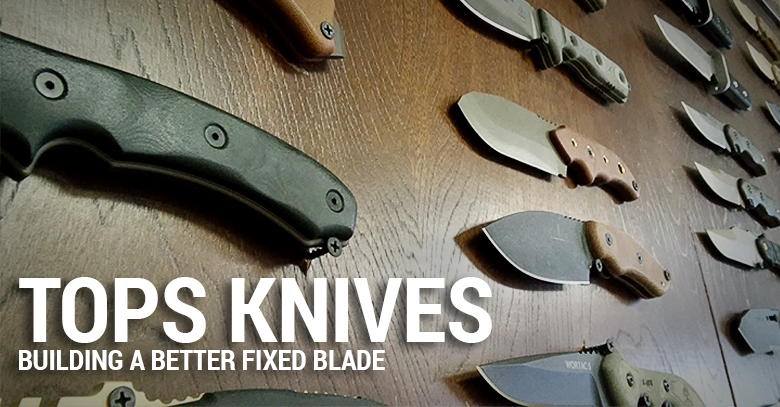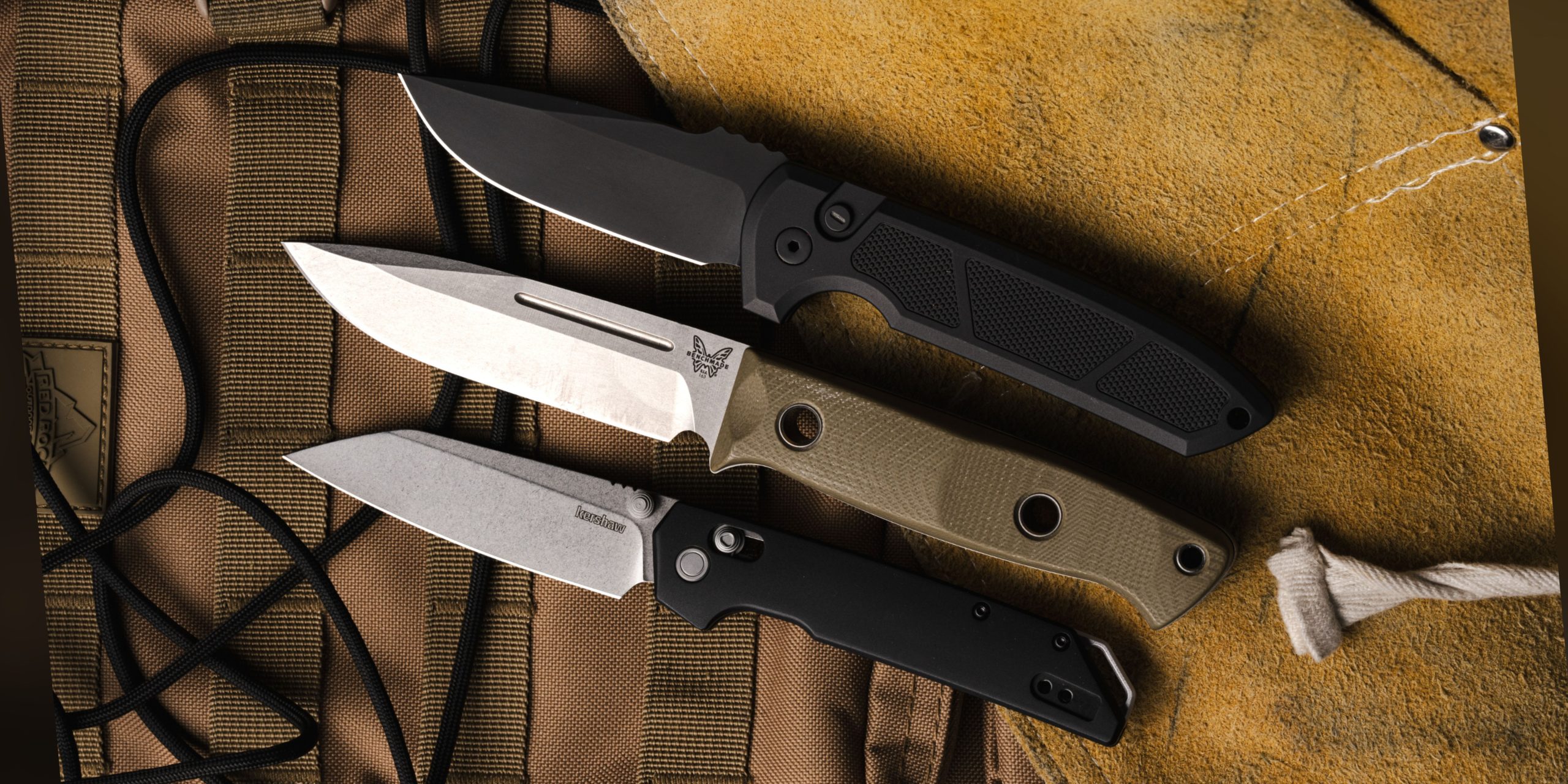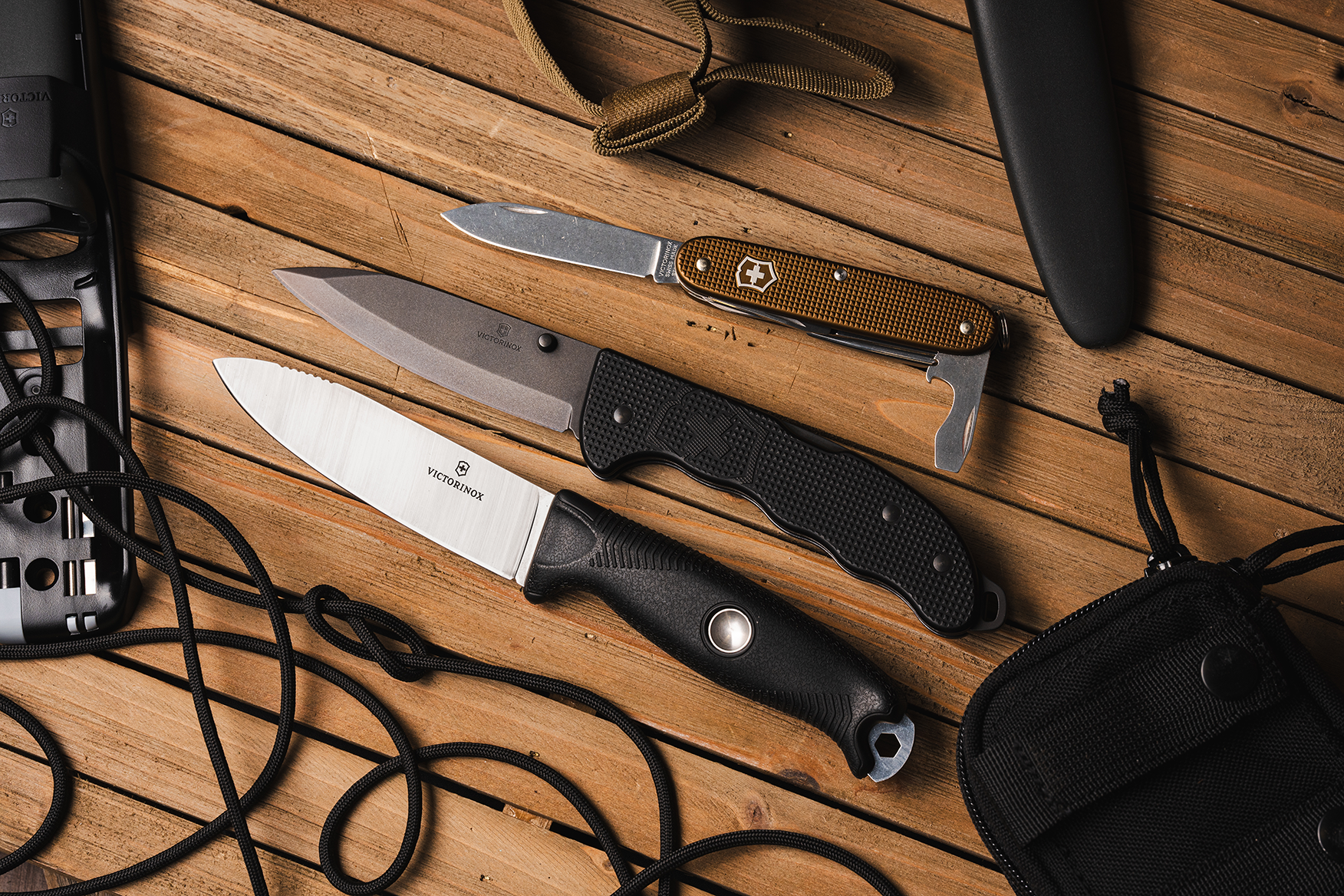
Welcome back knife artisans. Any knife maker knows that creating an original piece from scratch takes time, and lots of it. There or so many finite steps one must take to creating that perfect piece. When starting, things can seem daunting, and at times overwhelming. But when you are finished you will have something to truly be proud of. Last month we discussed choosing the right steel for you. That may be the first step, but it will always be one of the most important. Make sure to choose the right steel for your skill type.
Ok, so you have your steel chosen. What comes next? Well, you’re going to need to remove the design from the steel plate. This part may be the most tedious and frustrating, but if done correctly it can really make or quite literally break your knife. First and foremost, please wear the necessary safety equipment. Cutting steel can be very dangerous. Please be safe. Safety goggles and gloves are an absolute must!
There are many ways to cut steel, but one of the more popular, and easily accessible methods, is with a hacksaw and a jigsaw. You are going to want to remember, you’re not just cutting out the blade. You are also going to want to include a piece to fit into your handle. Add a little extra at the bottom, just to be sure. It’s always easier to cut more off than it is to try and add some back.
You’ve transferred your design onto your steel, now is the time to start cutting. Remember to take your time. Don’t rush, or you run the risk of damaging your design. You are most likely going to be using the highest setting on your hacksaw. And, for those of you who don’t know, this can be dangerous. You are going to need to stop intermittently to ensure you do not overheat the blade, or the saw. You are also going to want to continually keep the blade lubricated with paraffin wax. This will help keep from overheating, and it will also make the cutting easier. Next, make sure to hold the steel down with several vices. A popular method is to place the metal on a piece of wood. This assists in holding the knife in place, and making it easier for you to control while you cut. The wood will be thrown away after, so don’t worry about using a nice piece. Once the piece of steel is firmly in place, you are going to use your hacksaw to cut out the ‘general” shape of the knife. Don’t worry about getting it perfect, we will be doing that later with the jigsaw. Just worry about removing the excess steel. This will give you a much easier, smaller, piece to work with when it comes time to use the jigsaw.

Now that you have removed the general area of the design from the larger steel plate, you are going to want to use the jigsaw for the details. Much like the hacksaw, you will need to stop and lubricate with paraffin wax to keep from overheating. This is an important step with both saws. Don’t run the risk of ruining your knife or your saw. Better safe than sorry in my opinion.
Keep in mind that, while using the jigsaw, you may not be able to get the knife exactly how you want it. Don’t worry about it. Once you have the knife pretty much removed, you can take a fine file and touch up the blade. Don’t use this to create your edge, which will come later with a bevel. For now, just use the file to get those hard to reach places, and smaller details.
Please keep in mind this is just one option when it comes to cutting steel. There are more, intensive methods. But not everyone has welding materials handy.
For now, we will stop there. Do you have any questions? Or do you have any tips for those just starting their first designs? We want to see what’s on your workbench. Post pictures in the comments below, or on Facebook.
<< Back to Shop
Learn Knives
Copyright ©2022 Blade HQ. All rights reserved




